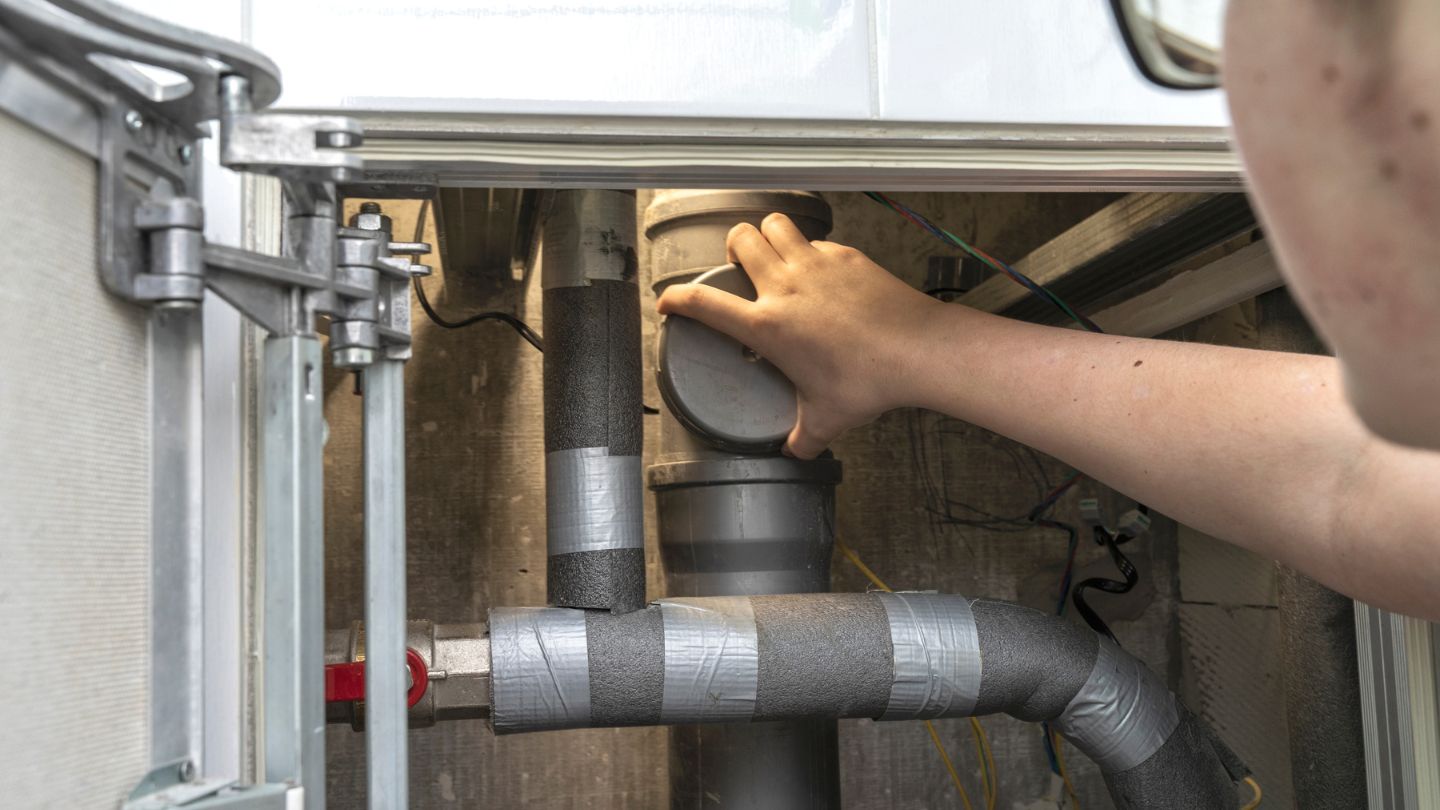
Introduction to Trenchless Pipe Repair and Replacement
Trenchless pipe repair and replacement have revolutionized the way plumbing issues are addressed, offering efficient and minimally invasive solutions for homeowners and businesses in Vancouver. Unlike traditional methods that require extensive excavation and disruption to property, trenchless techniques utilize advanced technologies to repair or replace underground pipes with minimal disturbance to get useful source.
Trenchless pipe repair techniques involve various methods such as pipe lining, pipe bursting, and slip lining, each offering unique advantages and applications depending on the specific needs of the project. By understanding the benefits and considerations associated with trenchless pipe repair, property owners can make informed decisions to address their plumbing issues effectively.
Trenchless Pipe Repair Techniques
Pipe Lining
Pipe lining, also known as cured-in-place pipe (CIPP) lining, involves inserting a flexible liner coated with resin into the damaged pipe. Once in place, the liner is inflated and cured using heat or ultraviolet light, creating a durable, seamless inner layer that restores the structural integrity of the pipe. Pipe lining is suitable for repairing cracks, leaks, and corrosion in a variety of pipe materials, including clay, cast iron, and PVC.
Pipe Bursting
Pipe bursting is a trenchless method used to replace old or damaged pipes by fragmenting the existing pipe and pulling a new pipe into place. This process involves using a bursting head attached to a hydraulic winch to break apart the old pipe while simultaneously pulling the new pipe into position. Pipe bursting is particularly effective for replacing deteriorated or collapsed pipes and can accommodate larger pipe diameters and longer runs.
Slip Lining
Slip lining involves inserting a smaller-diameter pipe, known as a liner pipe, into the existing damaged pipe. The liner pipe is typically made of materials such as high-density polyethylene (HDPE) or fiberglass reinforced plastic (FRP) and is pushed or pulled into place using hydraulic jacks or winches. Slip lining is suitable for pipes with moderate damage or deterioration and offers a cost-effective solution for restoring hydraulic capacity and structural integrity.
Benefits of Trenchless Pipe Repair
Minimal Disruption to Property
One of the primary advantages of trenchless pipe repair is its minimal disruption to property and landscaping. Unlike traditional excavation methods that require extensive digging and restoration, trenchless techniques involve accessing the pipes through small entry points, such as existing manholes or cleanouts. This reduces the need for disruptive excavation, preserves landscaping features, and minimizes inconvenience for property owners.
Faster Completion Times
Trenchless pipe repair offers faster completion times compared to traditional methods, allowing property owners to resume normal activities sooner. With trenchless techniques, repairs can often be completed in a matter of hours or days, depending on the complexity of the project. This expedited process minimizes downtime for property owners and reduces the inconvenience associated with prolonged construction activities.
Cost-effectiveness
While trenchless pipe repair may involve higher upfront costs than traditional methods, it offers long-term cost savings through reduced labor, equipment, and restoration expenses. By eliminating the need for extensive excavation and property restoration, trenchless techniques reduce overall project costs and minimize disruptions to daily operations. Additionally, the durability and longevity of trenchless repairs result in fewer future maintenance expenses, further enhancing cost-effectiveness.
Considerations for Trenchless Pipe Repair
Condition of Existing Pipes
Before undergoing trenchless pipe repair, it is essential to assess the condition of the existing pipes to determine the suitability of the chosen technique. Methods such as pipe lining may not be suitable for severely deteriorated or collapsed pipes, requiring alternative solutions such as pipe bursting or slip lining. Professional inspection and evaluation are crucial for identifying the most appropriate trenchless technique for the specific needs of the project.
Environmental Impact
Trenchless pipe repair offers significant environmental benefits compared to traditional excavation methods, including reduced carbon footprint and minimal disruption to ecosystems. By minimizing soil disturbance and preserving existing vegetation, trenchless techniques help protect natural habitats and reduce the environmental impact of construction activities. Additionally, trenchless repairs comply with strict environmental regulations and promote sustainable infrastructure development.
Professional Expertise
Successful trenchless pipe repair requires the expertise of qualified specialists with experience in trenchless technologies and techniques. Professional contractors possess the necessary skills, training, and equipment to perform trenchless repairs safely and efficiently, ensuring optimal results for property owners. By hiring reputable trenchless specialists, property owners can navigate to this web-site with confidence, knowing that their plumbing issues will be addressed effectively and professionally.
Conclusion: Efficient and Eco-Friendly Solutions with Trenchless Pipe Repair
In conclusion, trenchless pipe repair offers efficient, minimally invasive solutions for addressing plumbing issues in Vancouver. By utilizing advanced techniques such as pipe lining, pipe bursting, and slip lining, property owners can restore the integrity of their underground pipes with minimal disruption to property and the environment. With benefits such as minimal disruption, faster completion times, and cost-effectiveness, trenchless pipe repair provides efficient and eco-friendly solutions for navigating plumbing challenges in Vancouver. Trust the expertise of trenchless specialists to address your plumbing needs effectively and sustainably.


